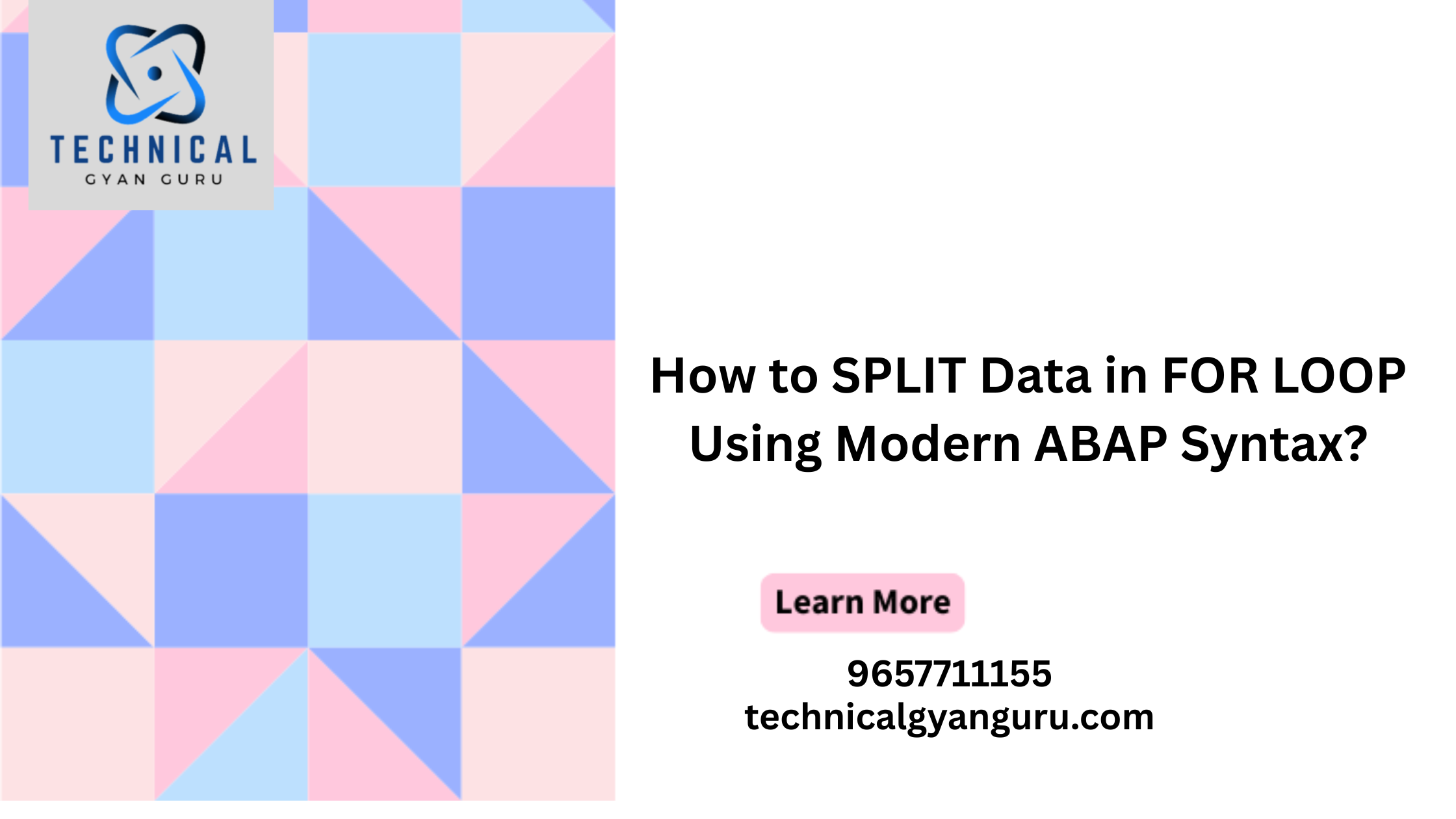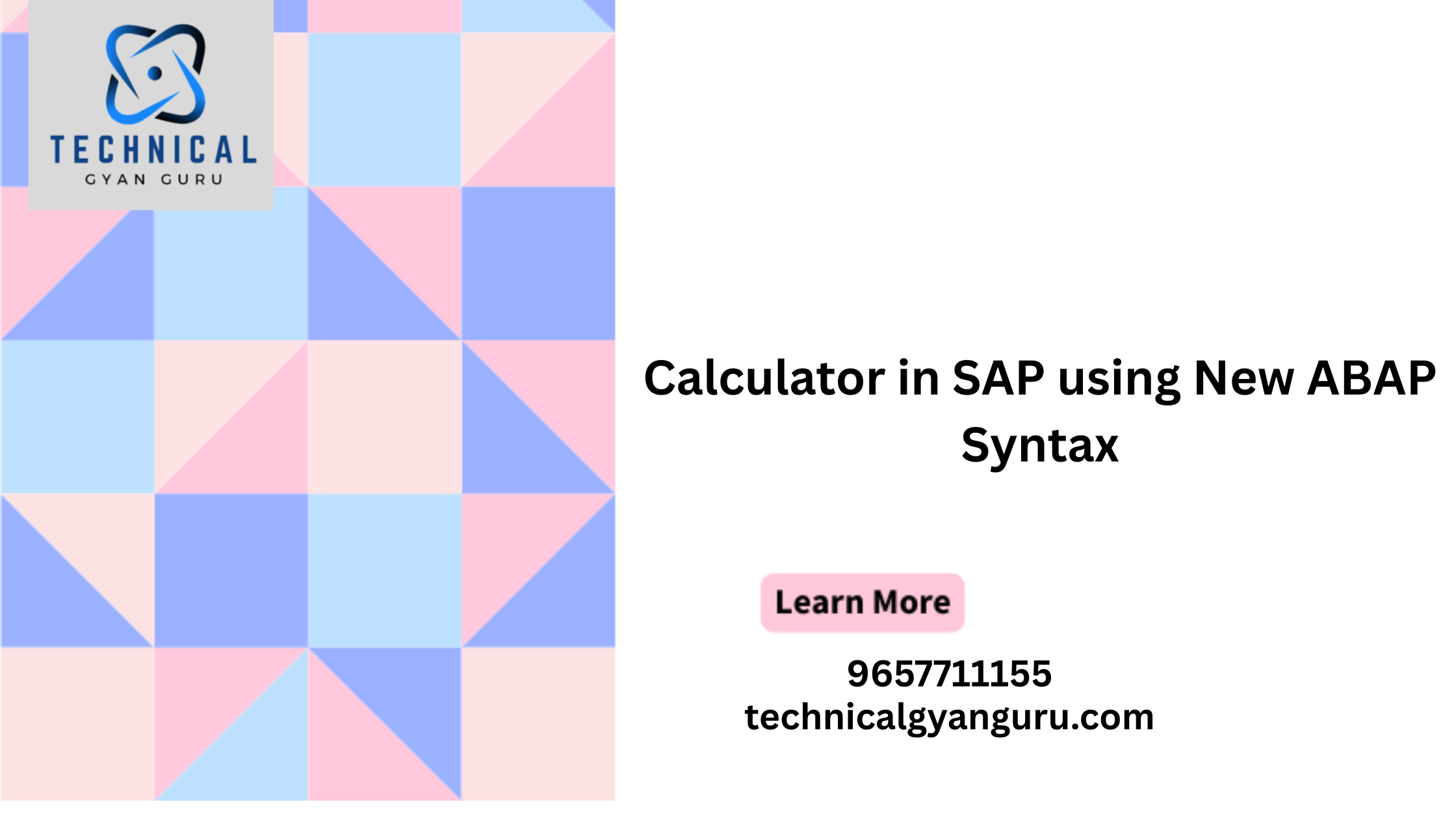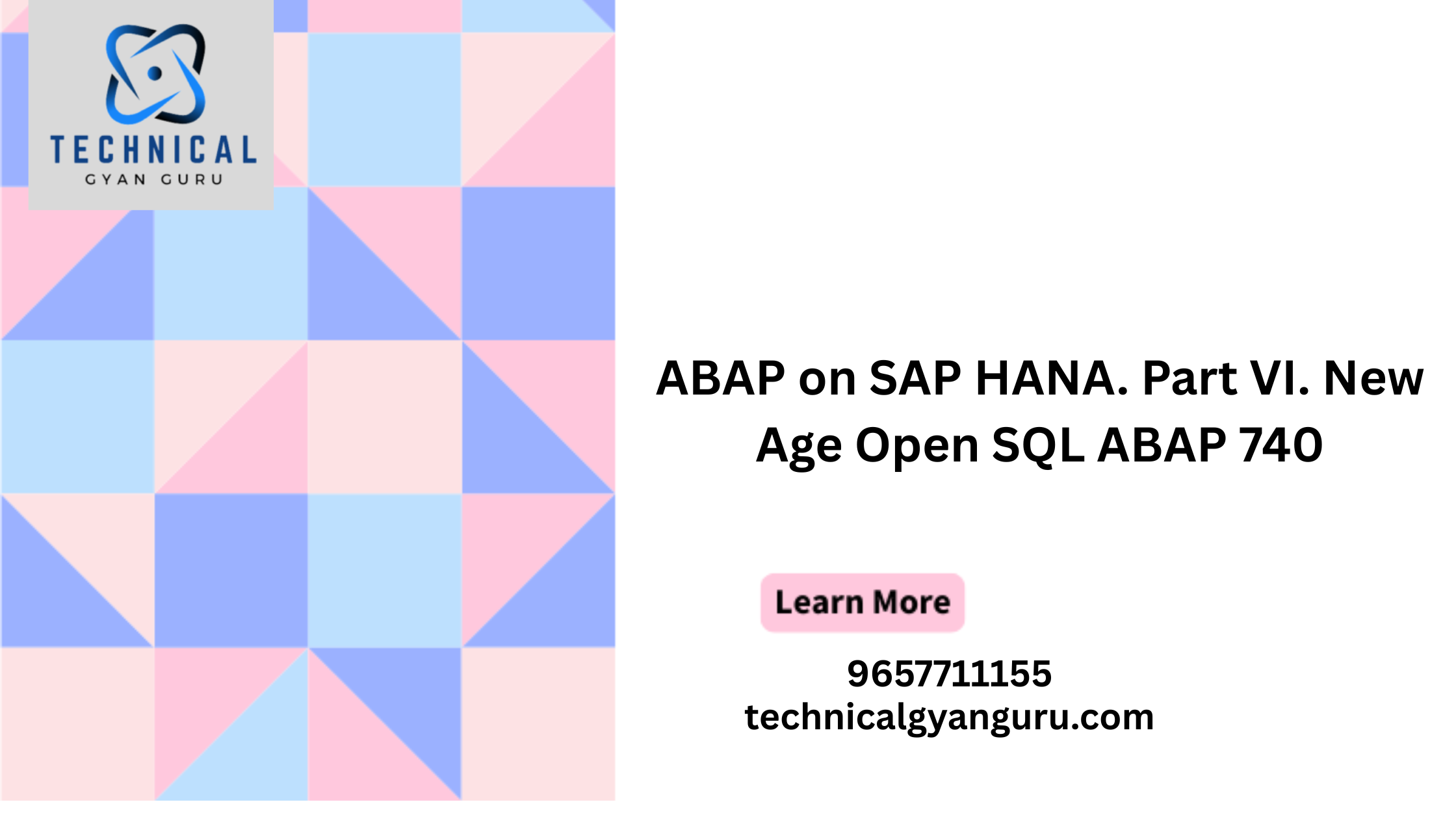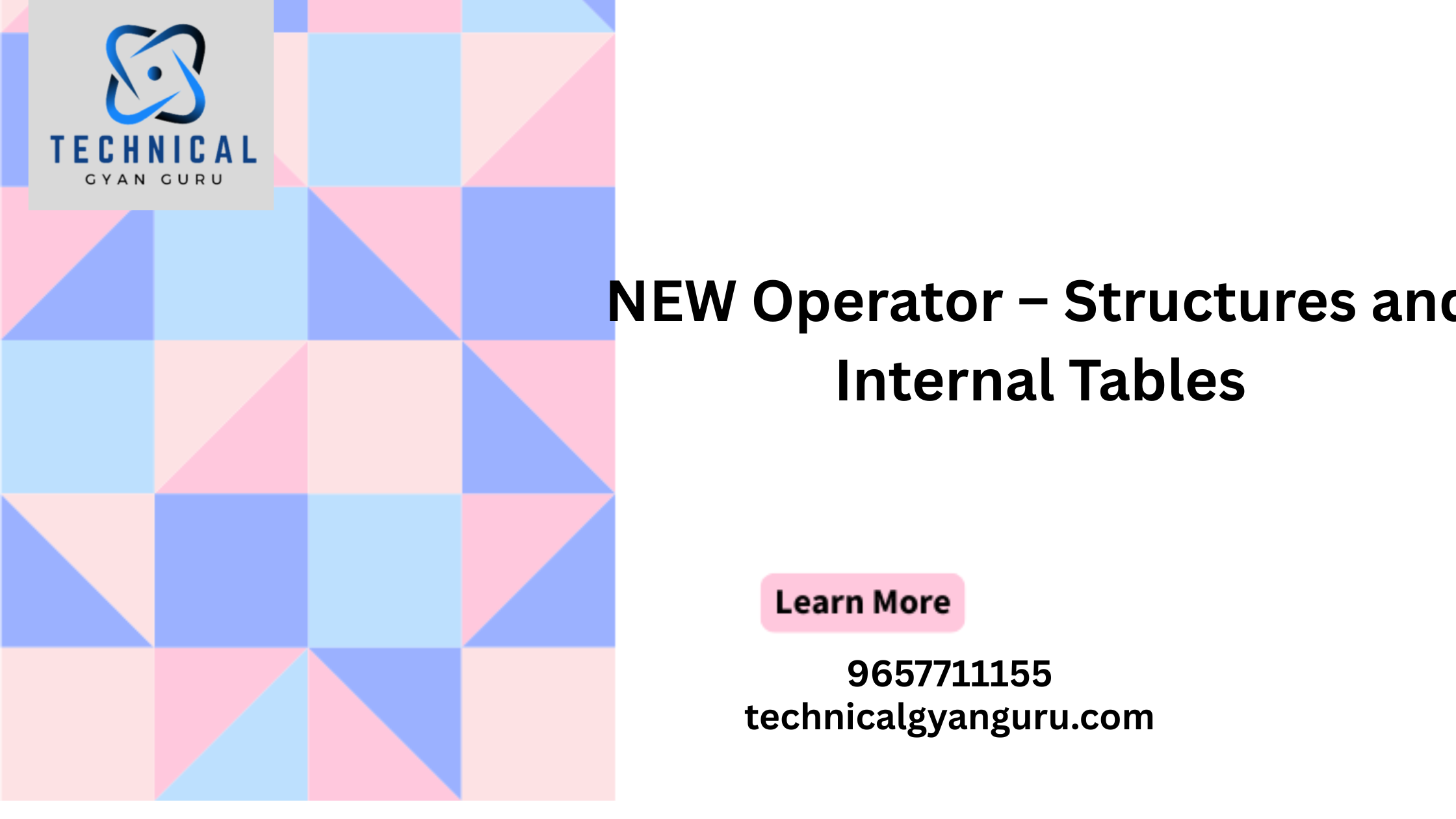Introduction: ABAP Programming
ABAP Programming: SAP Advanced Business Application Programming (ABAP) stands as the backbone of customization and development within the SAP ecosystem. ABAP programming empowers developers to tailor SAP applications to the unique needs of organizations, providing flexibility and extensibility. In this blog post, we’ll embark on a journey to explore the essence of ABAP programming, uncovering its key features, best practices, and its pivotal role in shaping the functionality of SAP applications.
Understanding ABAP Programming:
1. Definition and Purpose:
ABAP, short for Advanced Business Application Programming, is a high-level programming language developed by SAP for building enterprise applications.
It is specifically designed to meet the unique requirements of SAP systems, allowing developers to create custom reports, interfaces, enhancements, and more. ABAP programming plays a crucial role in extending and customizing the functionality of SAP applications to align with the specific business processes of organizations.
2. Key Features of ABAP:
– Data Dictionary:
ABAP provides a robust Data Dictionary that enables developers to define and manage data structures, ensuring data integrity and consistency across SAP systems.
– Open SQL:
With Open SQL, ABAP developers can interact with the database seamlessly. This simplified SQL abstraction allows for efficient data manipulation operations within SAP applications.
– Modularity:
ABAP supports modular programming through the creation of reusable units of code known as function modules and classes. This promotes code reusability and maintainability.
– Integrated Development Environment (IDE):
SAP provides a comprehensive Integrated Development Environment (IDE) for ABAP developers, known as the ABAP Workbench. It includes tools for code editing, debugging, and version management.
– SAP GUI and Web Dynpro:
ABAP is versatile and supports both traditional SAP GUI-based applications and modern web-based applications through Web Dynpro ABAP, offering a seamless user experience across different interfaces.
– Object-Oriented Programming (OOP):
ABAP has evolved to embrace object-oriented programming principles, allowing developers to build applications using concepts like encapsulation, inheritance, and polymorphism for better code organization and extensibility.
Best Practices in ABAP Programming:
1. Clear Code Documentation:
Documenting ABAP code is essential for understanding its purpose and functionality. Use clear comments and documentation to explain the logic, variables, and any complex business rules within the code.
2. Efficient Error Handling:
Implement robust error handling mechanisms to anticipate and gracefully handle errors. Properly handled errors enhance the stability and reliability of SAP applications.
3. Code Reusability:
Leverage the modularity of ABAP by creating reusable function modules, classes, and methods. This not only promotes efficient coding but also simplifies maintenance tasks.
4. Optimized Database Access:
When interacting with the database, optimize data access to ensure performance. Use Open SQL statements efficiently and avoid unnecessary database calls.
5. Security Considerations:
Adhere to security best practices by validating user input, protecting against SQL injection, and implementing proper authorization checks within the ABAP code.
6. Performance Tuning:
Regularly monitor and optimize the performance of ABAP programs. Use tools provided by the ABAP Workbench for performance analysis and identify areas for improvement.
Practical Application of ABAP Programming:
1. Creating Custom Reports:
Developers often use ABAP to create custom reports that provide specific insights into business data. These reports can be tailored to meet the reporting requirements of different departments within an organization.
2. Enhancements and Modifications:
ABAP is instrumental in making enhancements and modifications to standard SAP applications. This could include adding custom fields to existing SAP tables, modifying screen layouts, or implementing custom business logic.
3. User Exits and BAdIs:
ABAP allows the implementation of user exits and Business Add-Ins (BAdIs) to inject custom code at specific points in standard SAP processes. This enables organizations to extend standard functionality without modifying the core system.
4. Web Dynpro Applications:
With Web Dynpro ABAP, developers can create modern web-based applications that seamlessly integrate with SAP systems. These applications provide a user-friendly interface for various business processes.
5. Data Migration and Integration:
ABAP programming is often employed for data migration tasks, ensuring smooth transitions when organizations upgrade or migrate SAP systems. Additionally, ABAP facilitates integration with external systems through various technologies.
Conclusion:
ABAP programming stands as the lifeblood of SAP application development, providing developers with a powerful set of tools to customize, extend, and optimize SAP systems. From traditional SAP GUI applications to modern web-based interfaces, ABAP adapts to the evolving needs of organizations. Mastering ABAP programming is not only about writing code; it’s about crafting solutions that align seamlessly with business processes, enhance user experiences, and contribute to the overall success of SAP implementations. As businesses continue to evolve, the role of ABAP programming remains pivotal in ensuring that SAP applications not only meet but exceed the expectations of the dynamic digital landscape.







